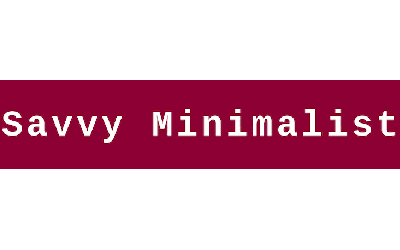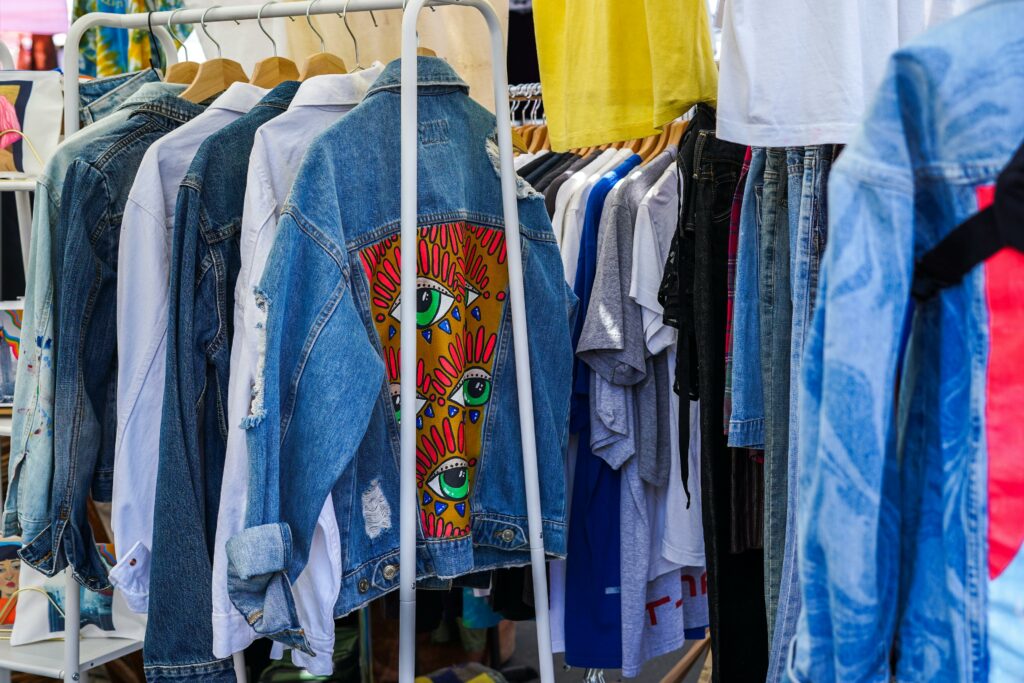How to Make Money Selling Your Old Clothes: A Step-by-Step Guide
In today’s fast-paced world, closets can quickly become overfilled with clothes that no longer fit, suit our style, or simply go unworn. Instead of letting these items gather dust, why not turn them into extra cash? Selling your old clothes is a fantastic way to declutter, make some money, and promote sustainable fashion. Here’s a comprehensive guide on how to successfully sell your old clothes.
1. Sort Through Your Closet
The first step is to declutter your wardrobe:
- Take Everything Out: Remove all items from your closet to see what you have.
- Categorize: Sort your clothes into categories such as keep, sell, and donate. The “sell” pile should include gently used, fashionable, and high-quality items.
- Inspect Condition: Ensure that the clothes you plan to sell are clean, free from damage, and in good condition. Clothes with stains, tears, or excessive wear are less likely to sell.
2. Research the Market
Understanding what sells well can help you price your items correctly:
- Check Online Marketplaces: Look at similar items on platforms like eBay, Poshmark, and Depop to get an idea of what’s popular and at what price.
- Seasonal Trends: Consider the season. For example, winter coats sell better in fall and winter, while swimsuits are more popular in spring and summer.
- Brand Awareness: Designer and well-known brands often sell for more. Vintage and unique items can also fetch a good price if marketed correctly.
3. Prepare Your Clothes
Presentation is key to attracting buyers:
- Clean and Press: Make sure all items are freshly laundered and wrinkle-free.
- Repair Minor Issues: Fix any minor damages, like loose buttons or small tears, to make your items more appealing.
- Photograph Well: Take clear, high-quality photos in good lighting. Show the front, back, and any unique features or flaws. Using a neutral background can make the clothes stand out.
4. Choose the Right Selling Platform
There are several platforms where you can sell your clothes. Choose one that fits your needs:
- Online Marketplaces: eBay, Poshmark, Depop, and Mercari are popular choices for selling clothing online. These platforms have a wide reach and specific features for fashion items.
- Social Media: Instagram and Facebook Marketplace can be effective for selling to a local audience or your followers.
- Consignment Shops: If you prefer not to handle the selling process yourself, consider local consignment shops. They take a percentage of the sale but do the work for you.
- Thrift Apps: Apps like ThredUp and The RealReal specialize in second-hand and designer items, making it easy to sell higher-end pieces.
5. Create Compelling Listings
Your listing should attract potential buyers and provide all necessary details:
- Detailed Descriptions: Include brand, size, condition, material, and any special features. Be honest about the item’s condition to build trust.
- Keywords: Use relevant keywords in your listing to make it searchable. Think about what terms a buyer might use to find your item.
- Price Strategically: Price your items competitively. Consider offering bundle deals or discounts for multiple purchases to encourage larger sales.
6. Promote Your Listings
Getting your listings in front of the right audience is crucial:
- Share on Social Media: Use your social media accounts to share your listings. Platforms like Instagram Stories and Facebook groups dedicated to buying and selling can be effective.
- Use Hashtags: On platforms like Instagram and Depop, use relevant hashtags to reach a broader audience.
- Engage with the Community: On sites like Poshmark, engaging with other users by sharing their listings or following them can increase your visibility.
7. Manage Transactions Smoothly
Once you start receiving interest, ensure smooth transactions:
- Communicate Clearly: Respond to inquiries promptly and politely. Clear communication helps build buyer confidence.
- Shipping: Offer reliable shipping options. Consider using tracking and insurance for higher-value items. Pack items carefully to avoid damage during transit.
- Returns and Refunds: Clearly state your return policy in your listings. Being upfront about this can help avoid disputes later.
8. Reflect and Adjust
After selling a few items, take some time to reflect on what’s working and what isn’t:
- Analyze Sales Data: Look at which items sold quickly and which didn’t. Adjust your strategy based on this information.
- Seek Feedback: If possible, ask buyers for feedback to improve your listings and customer service.
Conclusion
Selling your old clothes is a win-win situation. You get to declutter your space, earn some extra money, and contribute to a more sustainable fashion industry. By following these steps—sorting through your closet, preparing your items, choosing the right platform, creating compelling listings, promoting them effectively, managing transactions smoothly, and continuously refining your approach—you can successfully turn your unwanted clothes into cash. Happy selling!

